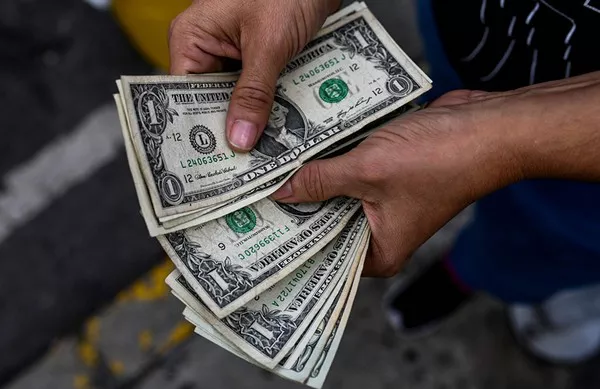The United States dollar (USD) has long held a prominent position as the world’s dominant reserve currency, facilitating international trade, investment, and financial transactions. In this article, we delve into the complex phenomenon of dollarization and examine the extent to which countries around the world use USD in their economies. By exploring various factors contributing to dollarization, we aim to provide a comprehensive understanding of the global scope of USD usage.
1. Defining Dollarization:
Dollarization refers to the practice of using a foreign currency, predominantly the US dollar, alongside or instead of a domestic currency within an economy. It can occur in different forms, such as official dollarization, where a country adopts USD as its sole legal tender, or de facto dollarization, where USD circulates widely without being formally recognized as legal tender.
2. Historical Context:
The widespread use of USD can be traced back to several historical factors. Following World War II, the Bretton Woods system established USD as the world’s primary reserve currency, with fixed exchange rates tied to gold. Although the Bretton Woods system collapsed in 1971, the USD retained its supremacy due to the stability of the U.S. economy, deep financial markets, and the perception of USD as a safe haven asset.
3. Countries with Official Dollarization:
Currently, there are several countries that have officially adopted USD as their national currency. Notable examples include Ecuador, El Salvador, and Panama. These countries relinquished control over their monetary policy to the United States Federal Reserve, providing stability but limiting their ability to respond to domestic economic challenges.
4. De Facto Dollarization:
In addition to official dollarization, many nations exhibit varying degrees of de facto dollarization. This occurs when USD is extensively used in daily transactions, despite the absence of formal adoption. Examples include countries like Cambodia, Zimbabwe, and Afghanistan, where USD is often preferred due to hyperinflation, political instability, or lack of faith in the domestic currency.
5. Factors Influencing Dollarization:
Multiple factors contribute to the prevalence of dollarization. Economic stability, inflationary pressures, exchange rate volatility, financial market integration, and political considerations all play a role in shaping a country’s willingness to adopt or extensively use USD. Additionally, the presence of large-scale remittances from expatriate workers and the dominance of USD-denominated commodities, such as oil, further reinforce dollarization tendencies.
6. Benefits and Drawbacks of Dollarization:
Dollarization can offer several benefits, including enhanced credibility, reduced transaction costs, increased access to international markets, and improved macroeconomic stability. However, it also poses challenges, such as the loss of monetary policy autonomy, potential vulnerability to U.S. economic fluctuations, and limited control over interest rates.
7. Regional Patterns of Dollarization:
The extent of dollarization varies across different regions. In Latin America, for instance, countries like Argentina and Venezuela have experienced high levels of de facto dollarization amid prolonged economic crises. In contrast, Asia-Pacific nations, including Cambodia and Timor-Leste, have witnessed a surge in USD usage driven by remittance flows and tourism.
8. Efforts to Reduce Dollar Dependency:
In recent years, some countries have made concerted efforts to reduce their reliance on USD. Initiatives such as regional currency agreements, currency swaps, and the establishment of regional financial institutions aim to strengthen regional currencies and decrease exposure to the potential risks associated with an overreliance on a single reserve currency.
9. The Future Outlook:
While USD’s dominance as a global reserve currency remains unchallenged for now, ongoing geopolitical shifts, advancements in digital currencies, and changing global trade dynamics could potentially alter the landscape in the future. The rise of cryptocurrencies, central bank digital currencies (CBDCs), and alternative reserve currencies like the Chinese yuan or the euro may provide alternatives to USD in international transactions.
Conclusion:
The widespread use of USD reflects its position as a global reserve currency, with both official dollarization and de facto dollarization prevalent in many countries. Economic stability, inflationary pressures, exchange rate volatility, and political considerations all influence the degree of dollarization. However, efforts are underway to reduce dependency on USD, as observed through regional initiatives and the exploration of alternative currencies. The future of dollarization will likely be shaped by geopolitical developments, technological advancements, and evolving economic dynamics.


